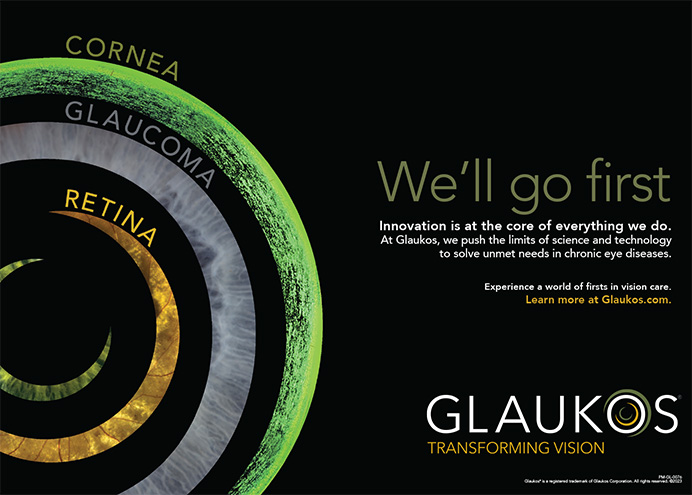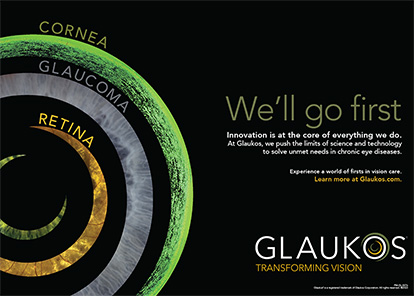Implementing electronic health records (EHRs) is a team effort that requires many steps to be successful. A critical one is assessing your practice’s readiness to meet the Health Information Technology for Economic Clinical Health (HITECH) Act’s meaningful use requirements. Here are a few tips for combatting the challenges that may arise.
IMPLEMENT EHRs IN STAGES
At the Eye Clinic in Jackson, Tennessee, we implemented an EHR System (ManagementPlus) in 2011, and we started using it in stages following the Medicare and Medicaid EHR Incentive Programs. Stage 1 of the incentive program requires that each physician participate for a 90-day period in his or her first year of meaningful use and participate for a full year in his or her second year of meaningful use. After meeting the stage 1 requirements, each physician has to fulfill the stage 2 requirements for 2 full years. We started with two physicians who completed their stage 1 90-day requirements in 2011. In 2012, all of the practice’s remaining physicians began the process, one by one, every 90 days. We sought to slowly transition each doctor to using EHRs in an effort not to overwhelm the clinic.
We also found that the only way our practice could achieve the highest government incentive was for our soon-to-be-retired physicians to begin using EHRs in 2011, with everyone else delaying until 2012. The soon-to-be-retired doctors were able to receive the highest EHR incentive from the Centers for Medicare & Medicaid Services in 2011 and 2012, while younger doctors received their Electronic Prescribing (eRx) Incentive Program in 2011 and their EHR incentive in 2012, the latter of which began to decrease the following year. Once a doctor received the EHR incentive, he or she could no longer receive the eRx incentive. Our approach allowed all of the practice’s doctors to receive an incentive without overwhelming our staff by trying to meet the EHR incentive all at one time.
ENTER PATIENT’S DATA PRIOR TO VISITS
Transferring patients’ medical records from the paper forms to the electronic system can be time consuming. Instead of entering data when the patient presented to the clinic, we did it beforehand. Whenever possible, technicians would key in patients’ charts. Pre-entry of patients’ data saved us time and reduced the impact using EHRs had on our efficiency.
TRAIN IN SMALL GROUPS
Learning the meaningful use requirements was a challenge for us. We had a hard time understanding the government’s terminology and requirements, so we held educational sessions with small groups of staff. We would break three or four staff members away from work for meaningful use training. When one group was finished, the members of that group would return to work, and then we would train another small group.
We also conducted computer training in small groups. The practice encompasses young staff members who are highly computer literate through doctors who are nearing retirement and have limited experience with computers. Some staff members did not even possess basic computer skills. Due to these varying skill levels, we paired the most computer-savvy members with the least computer-savvy ones. Pairing also went well with how our practice operates, as physicians do not work completely independently with the computer and the patient; a staff member always assists the physician by acting as a scribe and operating the computer.
SCAN ONLY IMPORTANT DOCUMENTS
We are about 2 years into EHR implementation. Initially, we did not scan documents from our paper charts. We maintained both paper and electronic charts by working on a hybrid of half-paper and half-computer charts, with any new documentation from existing patients entered into the EHR system. Now, data on our new patients are entered exclusively into the EHR system.
Physicians transcribed a summary of their patients’ histories. We then added that information to the EHR. Only documents that we have found extremely useful were scanned into the EHR system such as our glaucoma summary page. We are in the process of sending our paper charts to permanent storage so that we may retrieve them only if necessary, but that would be an extraordinary occurrence.
USE TRANSCRIPTION SOFWARE
Transcription software helps us add information to a patient’s chart quickly. We use the Dragon Speech Recognition Software (Nuance Communications, Inc.), and we dictate all of our referral letters in the examination room as we are seeing the patient. We personalize computer-generated letters while the patient is in the room with us. This process frees up time and allows us to gather information, process it quickly, and implement a plan for the patient.
CONCLUSION
The amount of organization required to tailor an EHR system to personal settings and workflow can be challenging. The key to a successful transition is physicians’ motivation: they must be enthusiastic about the change for it to be successful.
Jason Sullivan, MD, is in private practice at the Eye Clinic, PC, in Jackson, Tennessee. He acknowledged no financial interest in the products or companies mentioned herein. Dr. Sullivan may be reached (731) 424-2414; lhollars@eyeclinicpc.com


